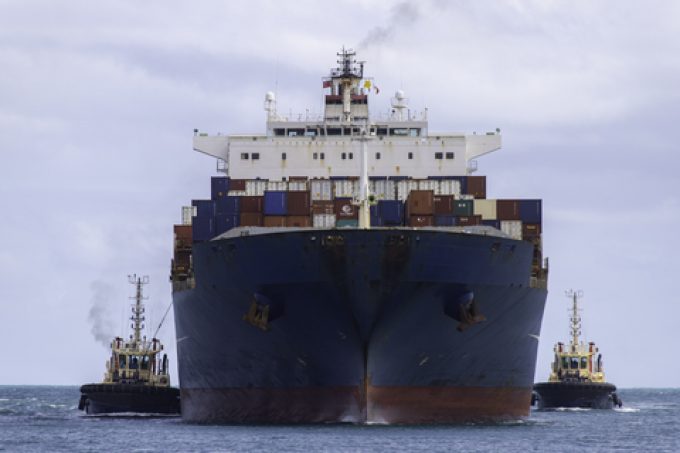A Spirited disaster
The perils of transport infrastructure

Just 10 days after a tentative peace broke out on the Australian waterfront, a new round of protected industrial action against tug boat operator Svitzer is expected to disrupt supply chains once more.
Represented by the Australian Maritime Officers Union (AMOU), tug masters employed by Maersk-owned Svitzer have today begun a series of 48-hour work stoppages at Sydney, Brisbane and Fremantle, until 5 March.
Much like the lengthy dispute between the Maritime Union of Australia (MUA) and Patrick Terminals ? which was ...
Outlook for container shipping 'more uncertain now than at the onset of Covid'
Transpac container service closures mount
Shippers warned: don't under-value US exports to avoid tariffs – 'CBP will catch you'
Cancelled voyages take the sting out of spot rate declines this week
New Houthi warning to shipping as rebel group targets specific companies
Blanked sailings in response to falling demand 'just a stop-gap solution'
K+N CEO unveils impact of US import tariffs on China-origin goods
CMA CGM to reflag box ship as the French carrier eyes growing Indian market
UK pauses tariffs on 'everyday' items
Boeing looks to resell up to 50 aircraft rejected by Chinese buyers
'Strong start' to 2025, despite market uncertainty, says Kuehne + Nagel
More pressure on transpacific rates as carriers bet on a China-US trade deal
US Customs chaos means 'more downside risk than upside potential' for air cargo
Taiwan ministries act to mitigate effect of trade war on agriculture exports
Wan Hai joins box shipping 'arms race', but avoids Chinese yards for newbuilds

Comment on this article